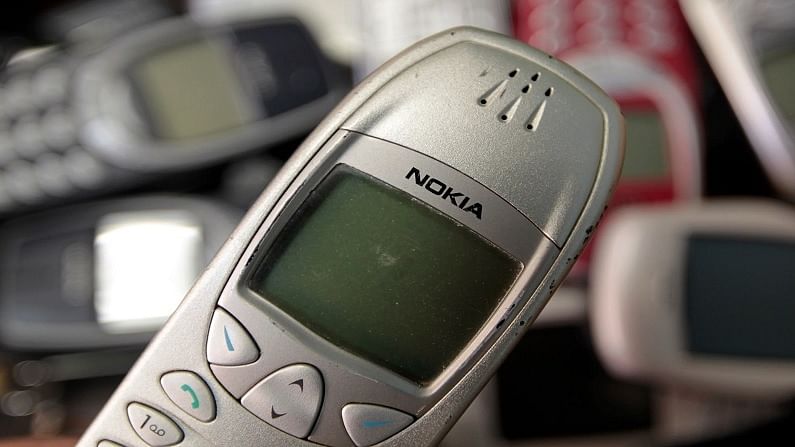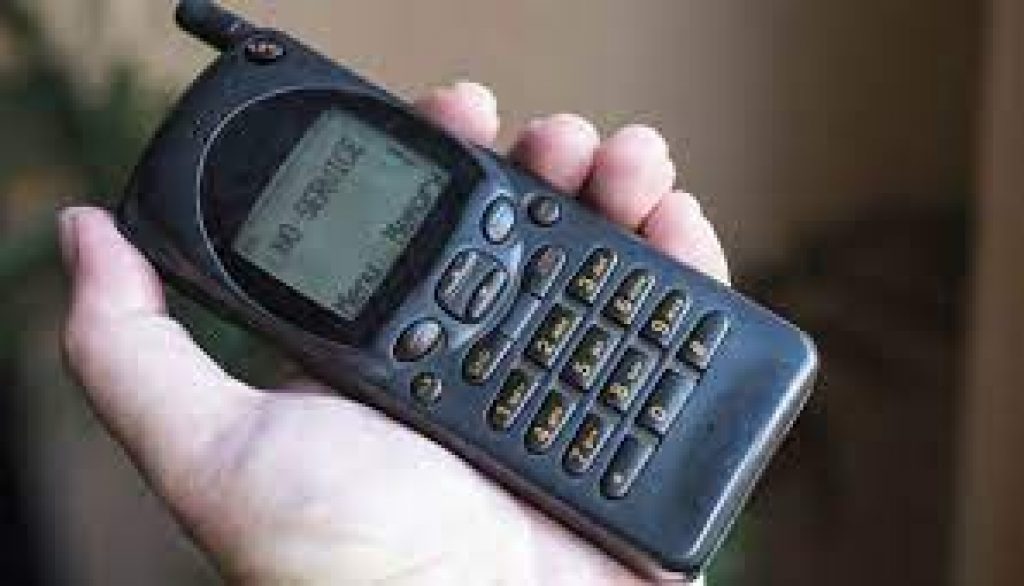
On July 31st 1995, the first-ever mobile phone call was made in India between two stalwarts in the public arena, the then-Union Telecom Minister Sukh Ram, and erstwhile Chief Minister of West Bengal, Jyoti Basu where here two of Nokia’s earliest mobile models were employed, and the network was provided by a joint venture between India’s B.K. Modi Group and Australia’s Telstra, which no matter its primitivity was uncongested. They were housed in the Sanchar Bhavan in New Delhi and Writer’s Building in Calcutta, respectively. India and its public did not stop to look back and today India is in the middle of the silicon revolution. The changes are so drastic that a device might become completely obsolete within a couple of years of its launch. One tangible indicator is the increase in phone’s storage which has grown exponentially over the last few years. This symbolic phone ushered in the communication revolution in India.
What is astounding is that the first few Phone calls charged a whopping 8.4 per minute for both outgoing and incoming calls and in peak signal congestion they would extend to around Rs 15 or 16. One can imagine its decrease in value due to ease of access since then where network providers don’t hesitate to provide unlimited Talktime at pretty nominal prices. The phones themselves cost around Rs. 40,000 which in current valuation would be close to Rs 2 lakhs. For the network providers, creating the infrastructure demanded a massive capital in spite of the fact that their services would reach at least 10 lakh people in the near future, soon after premiering in 1995. In June 2009 the Taiwanese handset manufacturer HTC launched India’s first smartphone on Tuesday that ran on Google’s open-source Android operating system, which then was merely a new avenue Google was exploring. Bharti Airtel which later demerged was the exclusive carrier for the device that is priced at around Rs 30,000.

The device provided strongly competed against the incumbent smartphone handset cum application offerings such as Apple’s iPhone and iTunes App Store as well as Nokia’s N97 and Ovi Store. Back then devices were flirting with various designs for interfaces and one looked drastically different from the other, unlike today where up-gradation is the name of the game.
Today, just in the wireless mobile telephony in dusty, India can boast of around 450 million users of ‘feature phones’, a term used for non-internet enabled mobile phones, and close to 400 million users of ‘smartphones’ swanky sheets of glass that puts the world at your feet. Moreover, the mobile-related costs are next to a mere fraction of what it was back then calling comes for free, while data costs less than Rs 4 per gigabyte all thanks to tremendous inter-generational research and development over the last two decades. It could be justifiably said that the mobile industry is representative of the extent of liberalism and globalisation policies of India.
While the erstwhile challenge at that time was providing one million people in India mobile devices to remain connected through, today, India’s challenge is ‘the next billion’ – an aim to bring India’s massive population online and not to initiate the interconnectivity of the internet to optimise the development resources, talents and prospects of the country.







